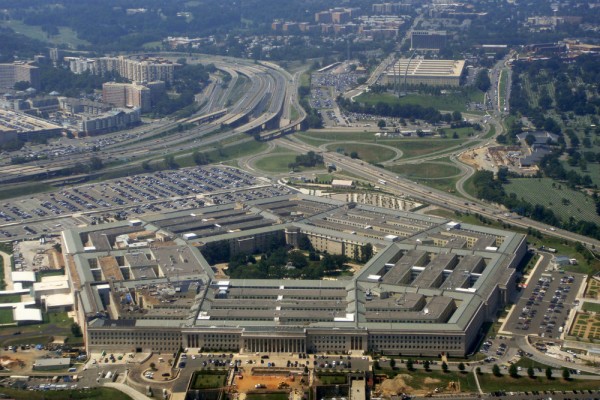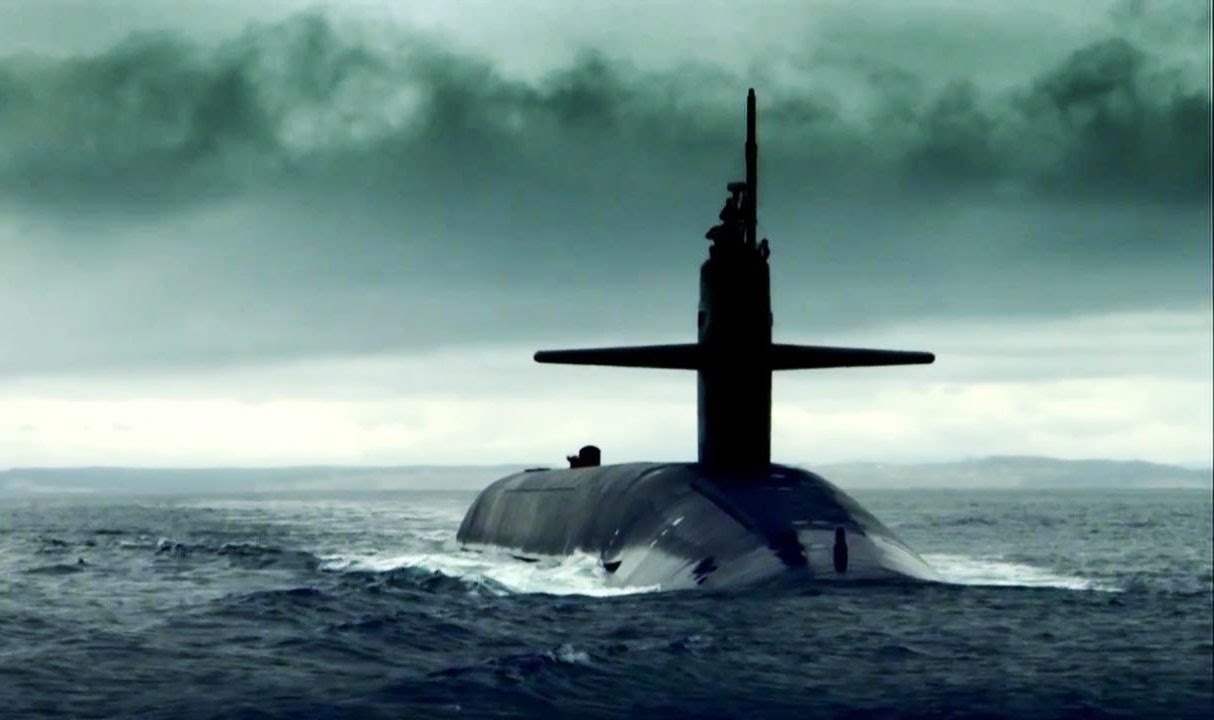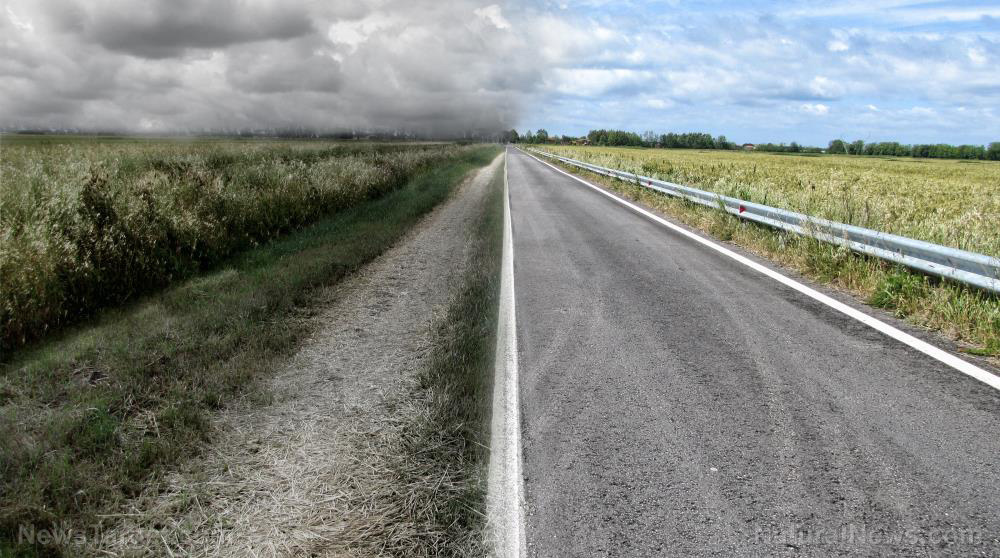China deploys KILLER ROBOTS to its contested border with India
01/05/2022 / By Arsenio Toledo

China is deploying killer robots armed with machine guns to its contested border with India.
The border dispute between China and India over parts of the western Himalayas region turned deadly in May 2020 when Chinese and Indian troops engaged in brutal hand-to-hand combat using melee weapons like nail-studded clubs. The brawls left many dead on both sides. Members of China’s military, the People’s Liberation Army (PLA), and the Indian Armed Forces are still engaged in a standoff as the border dispute remains unresolved.
According to multiple reports from Indian media outlets, the PLA has deployed dozens of autonomous vehicles to Tibet. These vehicles are capable of transporting both weapons and supplies to hard-to-reach areas along China’s contested border with India.
According to Srinjoy Chowdhury, national affairs editor for the Indian media outlet Times Now News, the PLA is replacing its soldiers with robots because they are having trouble properly acclimating to the cold and high altitude in Tibet. Other reports stated that the Chinese troops are struggling to operate at altitudes of 16,000 feet above sea level because of the lack of oxygen.
Hundreds of autonomous vehicles being used to boost Chinese forces at border
Among the unmanned ground vehicles (UGVs) the PLA has deployed to Tibet is the Sharp Claw. Reports claim there are 88 UGVs in Tibet, including at least 38 in the westernmost parts of the province, close to the border with India.
The Sharp Claw, developed by Chinese state-owned weapons manufacturing company Norinco and first unveiled in 2014, is designed for use in remote areas that are unsuitable for personnel. It can be used for reconnaissance, patrolling and transportation of weapons and equipment. It has an operational range of one kilometer (0.62 miles) from its operator and is armed with one light machine gun.
The PLA has also deployed between 120 to 300 Mule-200s, a tracked multipurpose UGV developed by private Chinese arms manufacturer, Zhong Tian Zhi Kong Technology Holdings. With a range of 50 kilometers (31 miles) from its operator, the Mule-200 is designed to navigate difficult terrain. It can carry up to 200 kilograms (440 pounds) of equipment, including weapons, supplies and ammunition.
The Mule-200 can be outfitted with fire-support equipment like a mounted machine gun and be used to perform combat tasks. A majority of the Mule-200s in Tibet are stationed near China’s border with India. (Related: China developing “suicide” military helmets equipped with remote self-destruct capabilities, initiated by their commander.)
In addition to the UGVs, the PLA has also boosted its forces in the region with hundreds of other military vehicles, including nearly 80 VP-22 armored personnel carriers and between 150 to 200 Lynx all-terrain vehicles.
The VP-22 is a mine-resistant vehicle that can carry up to 15 passengers at a time. Around 77 of the VP-22s have been spotted in China’s border regions with India.
The Lynx is an extremely adaptable vehicle that can carry small groups of soldiers. It can also be used to transport heavy armaments like heavy machine guns, mortars, howitzers and missile launchers. The Lynx can also be used as a platform to fire these heavy armaments from. Around 150 Lynx vehicles have been dispatched to the border.
The PLA has also been equipping its soldiers with carbon-fiber exoskeletons to support their feet and ankles while they carry around their heavy military packs at altitudes where the amount of oxygen in the air makes it more difficult for these soldiers to do strenuous physical labor.
Listen to this Situation Update episode of the “Health Ranger Report,” a podcast by Mike Adams, the Health Ranger, as he talks about how China is setting the stage for an all-out nuclear war with India, Taiwan, Japan, Australia and the United States.
This video is from the Health Ranger Report channel on Brighteon.com.
Learn more about China’s military by reading the latest articles in WWIII.news.
Sources include:
Tagged Under: border, border conflict, border dispute, China, Chinese military, India, military technology, People's Liberation Army, robots, Tibet, unmanned ground vehicles, weapons technology, WWIII
RECENT NEWS & ARTICLES
COPYRIGHT © 2018 MILITARYTECH.NEWS
All content posted on this site is protected under Free Speech. MilitaryTech.news is not responsible for content written by contributing authors. The information on this site is provided for educational and entertainment purposes only. It is not intended as a substitute for professional advice of any kind. MilitaryTech.news assumes no responsibility for the use or misuse of this material. All trademarks, registered trademarks and service marks mentioned on this site are the property of their respective owners.




















